Filter by
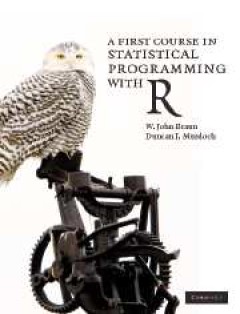
A First Course in Statistical Programming with R
This is the only introduction you'll need to start programming in R, the open-source language that is free to download, and lets you adapt the source code for your own requirements. Co-written by one of the R Core Development Team, and by an established R author, this book comes with real R code that complies with the standards of the language. Unlike other introductory books on the ground-brea…
- Edition
- -
- ISBN/ISSN
- 9780511803642
- Collation
- -
- Series Title
- -
- Call Number
- -

Translational Biomedical Informatics A Precision Medicine Perspective
This book introduces readers to essential methods and applications in translational biomedical informatics, which include biomedical big data, cloud computing and algorithms for understanding omics data, imaging data, electronic health records and public health data. The storage, retrieval, mining and knowledge discovery of biomedical big data will be among the key challenges for future transla…
- Edition
- -
- ISBN/ISSN
- 978-981-10-1503-8
- Collation
- -
- Series Title
- -
- Call Number
- -
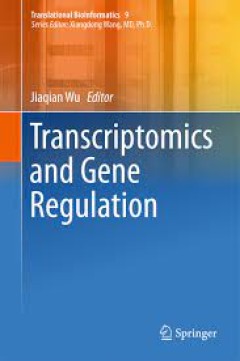
Transcriptomics and Gene Regulation
This volume focuses on modern computational and statistical tools for translational gene expression and regulation research to improve prognosis, diagnostics, prediction of severity, and therapies for human diseases. It introduces some of state of the art technologies as well as computational and statistical tools for translational bioinformatics in the areas of gene transcription and regulatio…
- Edition
- -
- ISBN/ISSN
- 978-94-017-7450-5
- Collation
- -
- Series Title
- -
- Call Number
- -

The Visual Neuroscience of Robotic Grasping Achieving Sensorimotor Skills th…
This book presents interdisciplinary research that pursues the mutual enrichment of neuroscience and robotics. Building on experimental work, and on the wealth of literature regarding the two cortical pathways of visual processing - the dorsal and ventral streams - we define and implement, computationally and on a real robot, a functional model of the brain areas involved in vision-based graspi…
- Edition
- -
- ISBN/ISSN
- 978-3-319-20303-4
- Collation
- -
- Series Title
- -
- Call Number
- -
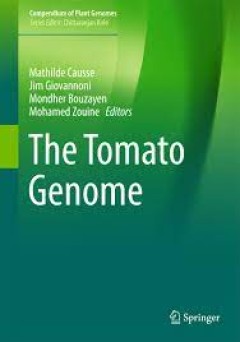
The Tomato Genome
This book describes the strategy used for sequencing, assembling and annotating the tomato genome and presents the main characteristics of this sequence with a special focus on repeated sequences and the ancestral polyploidy events. It also includes the chloroplast and mitochondrial genomes. Tomato (Solanum lycopersicum) is a major crop plant as well as a model for fruit development, and the av…
- Edition
- -
- ISBN/ISSN
- 978-3-662-53389-5
- Collation
- -
- Series Title
- -
- Call Number
- -
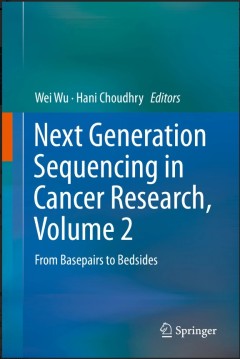
Next Generation Sequencing in Cancer Research, Volume 2
Latest generation sequencing revolutionizes the fields of cancer research and oncology. This follow-up volume focuses more extensively on single cell sequencing of cancer and trials in drug resistance. Another exciting feature is the bioinformatics tools given, that can be used on cancer genome studies. Scientists around the world are attempting to find the root cause of cancer. A reasonable ca…
- Edition
- 1
- ISBN/ISSN
- 978-3-319-15810-5
- Collation
- XVIII, 493
- Series Title
- -
- Call Number
- -
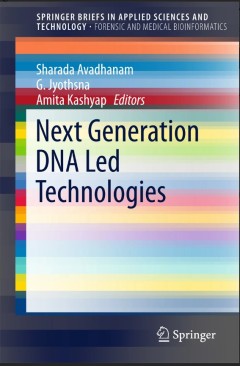
Next Generation DNA Led Technologies
This brief highlights advances in DNA technologies and their wider applications. DNA is the source of life and has been studied since a generation, but very little is known as yet. Several sophisticated technologies of the current era have laid their foundations on the principle of DNA based mechanisms. DNA based technologies are bringing a new revolution of Advanced Science and Technology. For…
- Edition
- 1
- ISBN/ISSN
- 978-981-287-669-0
- Collation
- X, 140
- Series Title
- SpringerBriefs in Applied Sciences and Technology
- Call Number
- -
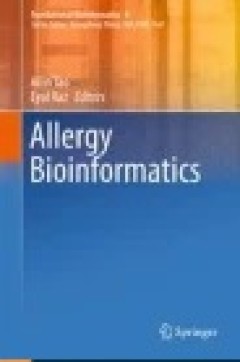
Allergy Bioinformatics
The book introduces the bioinformatics resources and tools available for the study of allergenicity. Allergy symptoms affect more than 25% of the population in industrialized countries. At the same time, biotechnology is a rapidly developing field, which often involves the introduction of potentially allergenic novel proteins into drugs or foods. It is essential to avoid transferring a gene tha…
- Edition
- Ed. 1
- ISBN/ISSN
- 978-94-017-7444-4
- Collation
- XII, 251
- Series Title
- Translational Bioinformatics
- Call Number
- 616.97 ALL a

Dynamics of Mathematical Models in Biology : Bringing Mathematics to Life
This volume focuses on contributions from both the mathematics and life science community surrounding the concepts of time and dynamicity of nature, two significant elements which are often overlooked in modeling process to avoid exponential computations. The book is divided into three distinct parts: dynamics of genomes and genetic variation, dynamics of motifs, and dynamics of biological netw…
- Edition
- -
- ISBN/ISSN
- 9783319457239
- Collation
- XIII, 148 pages 34 illustrations, 29 illustrations in color
- Series Title
- -
- Call Number
- -
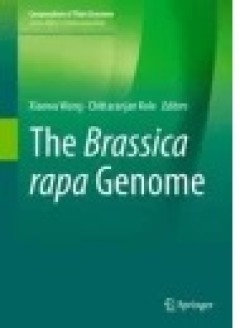
The Brassica rapa Genome
This book provides insights into the latest achievements in genomics research on Brassica rapa. It describes the findings on this Brassica species, the first of the U’s triangle that has been sequenced and a close relative to the model plant Arabidopsis, which provide a basis for investigations of major Brassica crop species. Further, the book focuses on the development of tools to facilitate…
- Edition
- -
- ISBN/ISSN
- 978-3-662-47901-8
- Collation
- VIII, 169
- Series Title
- Compendium of Plant Genomes
- Call Number
- -
 Computer Science, Information & General Works
Computer Science, Information & General Works  Philosophy & Psychology
Philosophy & Psychology  Religion
Religion  Social Sciences
Social Sciences  Language
Language  Pure Science
Pure Science  Applied Sciences
Applied Sciences  Art & Recreation
Art & Recreation  Literature
Literature  History & Geography
History & Geography